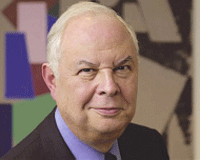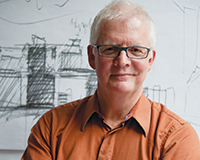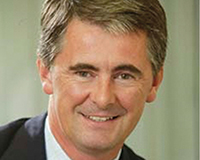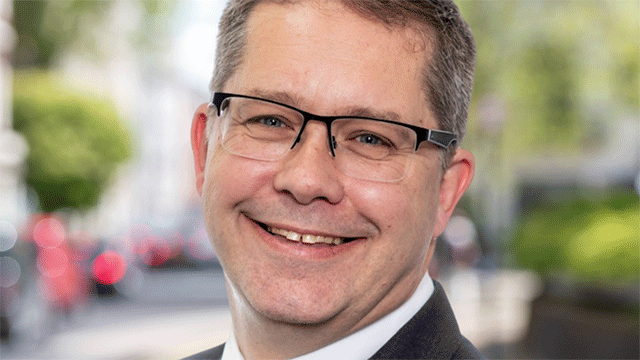New planning policies to shape the future of development were put out to consultation by the City of London Corporation this week.
Key areas under consultation in the City’s 2036 Local Plan include the future of a protected commercial core for offices; whether occupier diversification away from financial and business services should be encouraged; and if further intensification around the “Eastern Cluster” of tall buildings should be promoted.
It comes as the City enters a period of uncertainty over the future of banking and finance occupiers and the outcome of key Brexit negotiations from access to the Single Market to passporting rights.
EG asked key players in the City to share their opinions on how planning policy should be shaped.
 The developer
The developer
Sir Stuart Lipton, partner, Lipton Rogers Developments
On diversification “The coming electronic revolution will allow anyone to work anywhere, but the need for increased agile working, engagement and disruptive activity necessitates that everyone has a place for their base, increasing amounts of power and fibre while increasing capacity are still likely to be limited in quantity.
“The City’s series of clusters will develop further into ever increasing varieties of activities as Crossrail makes the City of London the epicentre of Greater London.”
On the commercial core “The commercial core will continue with intensified density.
“Hotels will continue to grow in number and the Local Plan should continue to maintain the City as a business district alone, but there will be more diversity of business activity with every cluster of activity to be found in what will become the business centre of Europe.”
 The architect
The architect
Ken Shuttleworth, founder, Make Architects
On river taxis and green space “I envisage pedestrianised areas, boulevards of trees and electric trams and river taxis to facilitate overground transport.
“Already we design buildings with minimal car parking and maximum cycling facilities, so we are already moving in that direction. In 20 years’ time, I imagine we will see far more urban farms, more gardens on roofs – or on bridges – as we realise the need to prioritise green space in our day-to-day lives.”
On the commercial core “I think it is inevitable that there will be more towers. High-density living and working is the way of the future for cities like London and microcosms within them like the City of London.
“But I feel very strongly that it is far more sustainable to provide a mix of uses both within towers themselves and within the wider area, than zoning uses. Yes, the City is primarily offices, but it should never be only offices.”
 The investment agent
The investment agent
Tony McCurley, partner, GM Real Estate
On diversification “I see the City of London becoming more and more diverse both in terms of the type of business occupier and the use of buildings.
“The old location sectors which were prevalent 20 years ago – banking in EC2, insurance in EC3 and professional services in EC4 – have largely been broken down.
“If you look at other global cities, different uses sit happily together and, while I agree there should be a financial core, I am not as averse to high-value residential, hotel and other uses as the City seems to be.”
On large floorplates “Clearly working practices have changed and for now there is a higher demand for smaller units, many of which were displaced to make way for the large developments which have been put together over recent years. Space needs to be flexible, by which I mean capable of suiting a much more diverse tenant base.”
The public consultation ends on 31 October. Click here to take part.
• To send feedback, e-mail louisa.clarence-smith@estatesgazette.com or tweet @LouisaClarence or @estatesgazette











